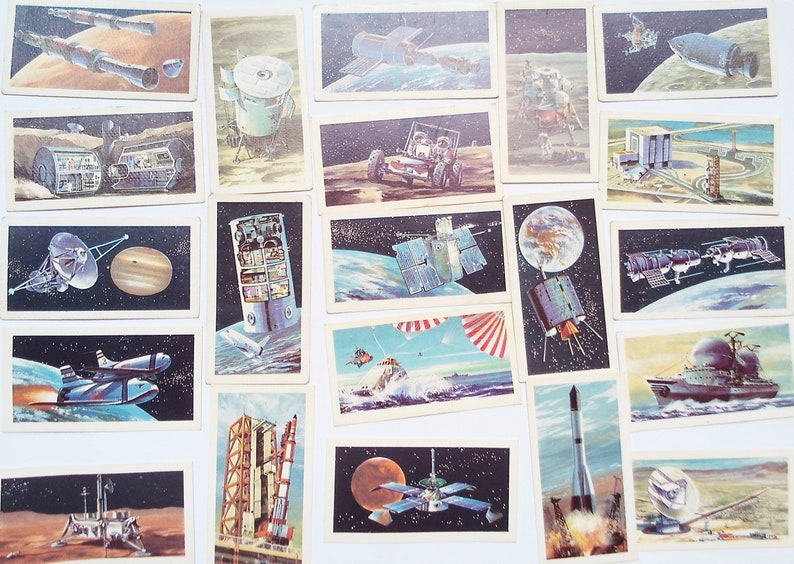

And in the upper atmosphere, the ozone layer can be destroyed by the combination of elements from burning fuels.

In addition to carbon dioxide, fuels like kerosene and methane also produce soot. “Even something as seemingly innocuous as water can have an impact.”Ĭloser to the ground, all fuels emit huge amounts of heat, which can add ozone to the troposphere, where it acts like a greenhouse gas and retains heat. Even water injected into the upper atmosphere – where it can form clouds – can have warming impacts, says Marais. That compares with the airline industry’s more than 100,000 flights each day on average.īut emissions from rockets are emitted right into the upper atmosphere, which means they stay there for a long time: two to three years. Right now, the number of rocket flights is very small: in the whole of 2020, for instance, there were 114 attempted orbital launches in the world, according to Nasa. “So it doesn’t need to grow that much more to compete with other sources.” For one rocket launch 200-300 tonnes of carbon dioxide are split between 4 or so passengers, according to Marais. “For one long-haul plane flight it’s one to three tons of carbon dioxide ,” says Marais.

Photograph: Virgin Galactic/Zuma Wire/Rex/Shutterstock The rocket motor on Richard Branson’s Unity 22 burns as it heads toward space. But they are increasing at nearly 5.6% a year, and Marais has been running a simulation for a decade, to figure out at what point will they compete with traditional sources we are familiar with. The carbon emissions from rockets are small compared with the aircraft industry, she says. Those fuels emit a variety of substances into the atmosphere, including carbon dioxide, water, chlorine and other chemicals. For SpaceX’s Falcon 9 rocket, it is kerosene, and for Nasa it is liquid hydrogen in their new Space Launch System. When rockets launch into space, they require a huge amount of propellants to make it out of the Earth’s atmosphere. Marais studies the impact of fuels and industries on the atmosphere. And this June, an anonymous space lover paid $28m to fly on Blue Origin’s New Shepard with Bezos – though later backed out due to a “scheduling conflict”.īut this launch of a new private space industry that is cultivating tourism and popular use could come with vast environmental costs, says Eloise Marais, an associate professor of physical geography at University College London. The Japanese billionaire Yusaku Maezawa spent an undisclosed sum of money with SpaceX in 2018 for a possible future private trip around the moon and back.


 0 kommentar(er)
0 kommentar(er)
